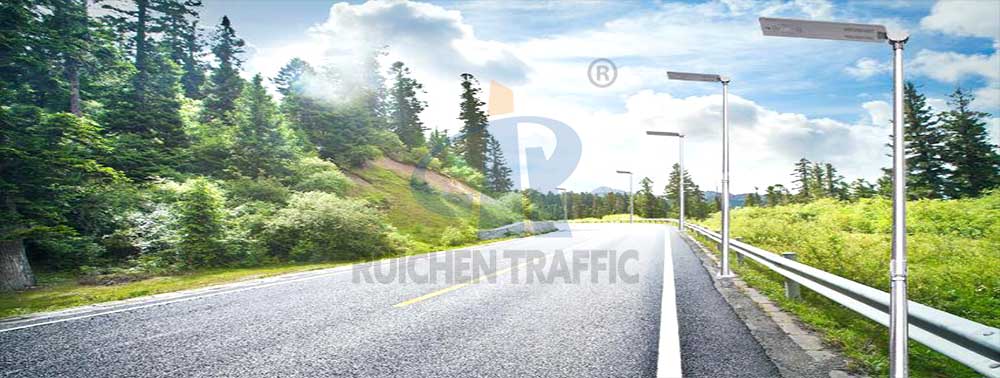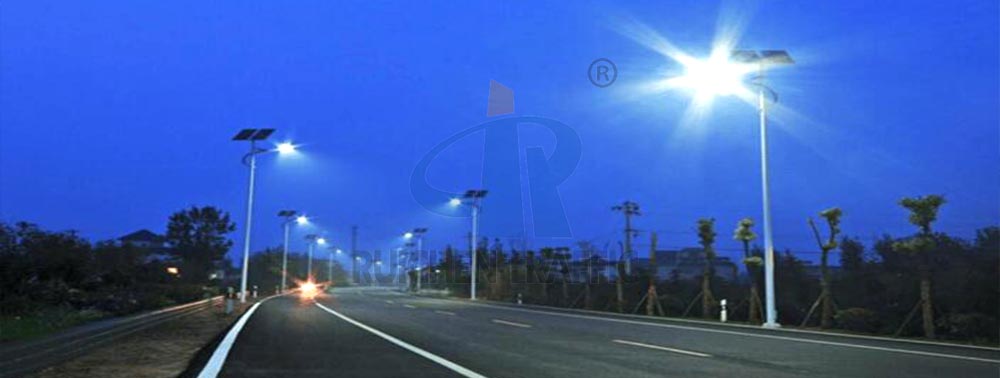In the vast land of Peru, highways are like silver ribbons, connecting the prosperity of the city with the tranquility of the countryside. However, as night falls, how to ensure driving safety on these roads has become an important challenge facing the traffic management department. In recent years, with the continuous advancement and popularization of solar energy technology,
Solar Road Lights have begun to be widely used on Peruvian highways, with their unique advantages to protect driving safety at night.

The working principle of
Solar Road Lights is simple and efficient. During the day, the solar panels absorb sunlight, convert the light energy into electrical energy and store it in the built-in battery. At night, when the light dims, the street lights will automatically light up, using the stored electricity to emit bright light and illuminate the road. This kind of street light requires no external power supply and relies entirely on solar energy, which is both energy-saving and environmentally friendly.
On Peruvian highways, the application of
Solar Road Lights has achieved remarkable results. Not only can they actively emit light at night and illuminate the road, they can also provide stable lighting under special weather conditions. For example, in foggy or rainy days, the light emitted by
Solar Road Lights has strong penetrating power, which can effectively improve the visibility of the road and help drivers better judge road conditions.

More importantly,
Solar Road Lights play an important role in preventing traffic accidents. When driving at night, the driver's vision is easily limited, and the vehicle speed is relatively fast. A slight carelessness may cause danger. The active lighting function of
Solar Road Lights can remind drivers to pay attention to the road conditions ahead and take avoidance measures in time. At the same time, the uniform illumination of street lights can also reduce driver visual fatigue caused by insufficient light and further improve driving safety.
In addition to safety considerations, the application of
Solar Road Lights on Peruvian highways is also economical and environmentally friendly. Compared with traditional street light systems,
Solar Road Lights do not require laying cables or paying electricity bills, which greatly reduces construction and maintenance costs. At the same time, due to the use of clean energy,
Solar Road Lights will not produce pollution and noise during use, complying with the requirements of sustainable development.

With the continuous development and improvement of solar energy technology, the application prospects of
Solar Road Lights on Peruvian highways will be broader. In the future, we have reason to believe that these bright and environmentally friendly street lights will continue to contribute to traffic safety in Peru, allowing every driver to drive safely and smoothly on the roads at night.


